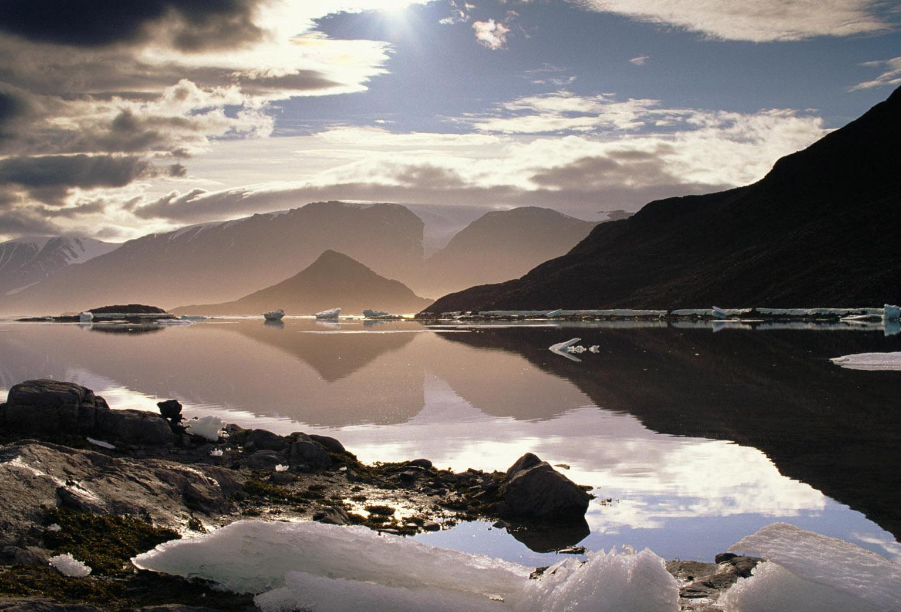
(Lake Langano)
Lake Langano is a lake in south-central Ethiopia, in the East African Rift zone between Lake Zwye and Lake Sala.
(Fasil Gaby Castle)
Fasil Gebi Castle and Gonder Ruins The Gonder region is located in the mountains of northwestern Ethiopia at an altitude of 2,121 meters. The ancient palaces, churches and other buildings here are unique and are important tourist attractions in Ethiopia.
(Conso cultural landscape)
The Konso cultural landscape covers an area of 55 square kilometers and is located in the Konso Highlands of the arid ethnic states of southern Ethiopia, where, in addition to the landscape of stone wall terraces, human settlements are distributed.
As an outstanding example of human survival in the face of a dry and harsh natural environment, the Conso cultural landscape represents a vibrant cultural tradition that has been passed down for 21 generations (i.e., more than 400 years) and demonstrates the shared values, social cohesion and engineering knowledge of the communities.
The Conso cultural landscape also preserves anthropomorphic wood carvings that, grouped together, represent revered members of the communities, especially heroic events, and are special living testimonies to funerary traditions that are on the verge of disappearing. The stone monuments that stand in the town form a complex system of memorials to successive generations of fallen leaders.
(The Soff Omar Cave)
Sofu Omar Cave is one of the natural monuments of Ethiopia. Not far from the Baal Mountains, Soff Omar Cave is named after Sheik Soff Omar, who took refuge here hundreds of years ago.
(Kwanza)
Kwanza River is a river in north-central Angola, originating from the southeastern mountains of Bi Plateau, 960 kilometers long and covering an area of 148,000 square kilometers.
(Military Museum of Angola)
The Angolan Military Museum is one of the most famous buildings in Angola. It was built in 1575, a castle built by Portuguese colonists at the intersection of Luanda Bay and the island, and also a symbol of the city of Luanda, which was changed into a military museum after independence.
The Angolan Military Museum, along with the fort, is by the sea, and the fort was unbreakable when Angola was indigenous. At that time, this place was one of the ports of the African slave trade.
(Angola Museum of Anthropology)
The Museum of Anthropology is one of the most famous museums in Angola, with tens of thousands of visitors every year. The museum has two main floors and was originally built in the 18th century as a residence for wealthy Portuguese people. The museum officially opened in early November 1976.(MUSSULO)
Located in the south of Luanda, the capital of Angola, it can be reached in about 15 minutes by motor speedboat, and is a famous tourist attraction in Angola and a weekend leisure resort for domestic and foreign tourists.
(The Palace of Abomey)
Between 1625 and 1900, 12 emperors of the once-powerful Abomey dynasty reigned. With the exception of the Acaba emperor, who built a separate palace, the other emperors built their palaces within the same city walls, taking into account the match with the original palace, each emperor selected materials to form a perfect architectural complex.
The Palace of Abomey is a unique testimony to the vanished Abomey Dynasty. Due to the harsh climatic conditions and the weakness of the materials used, the palace was on the verge of destruction.

